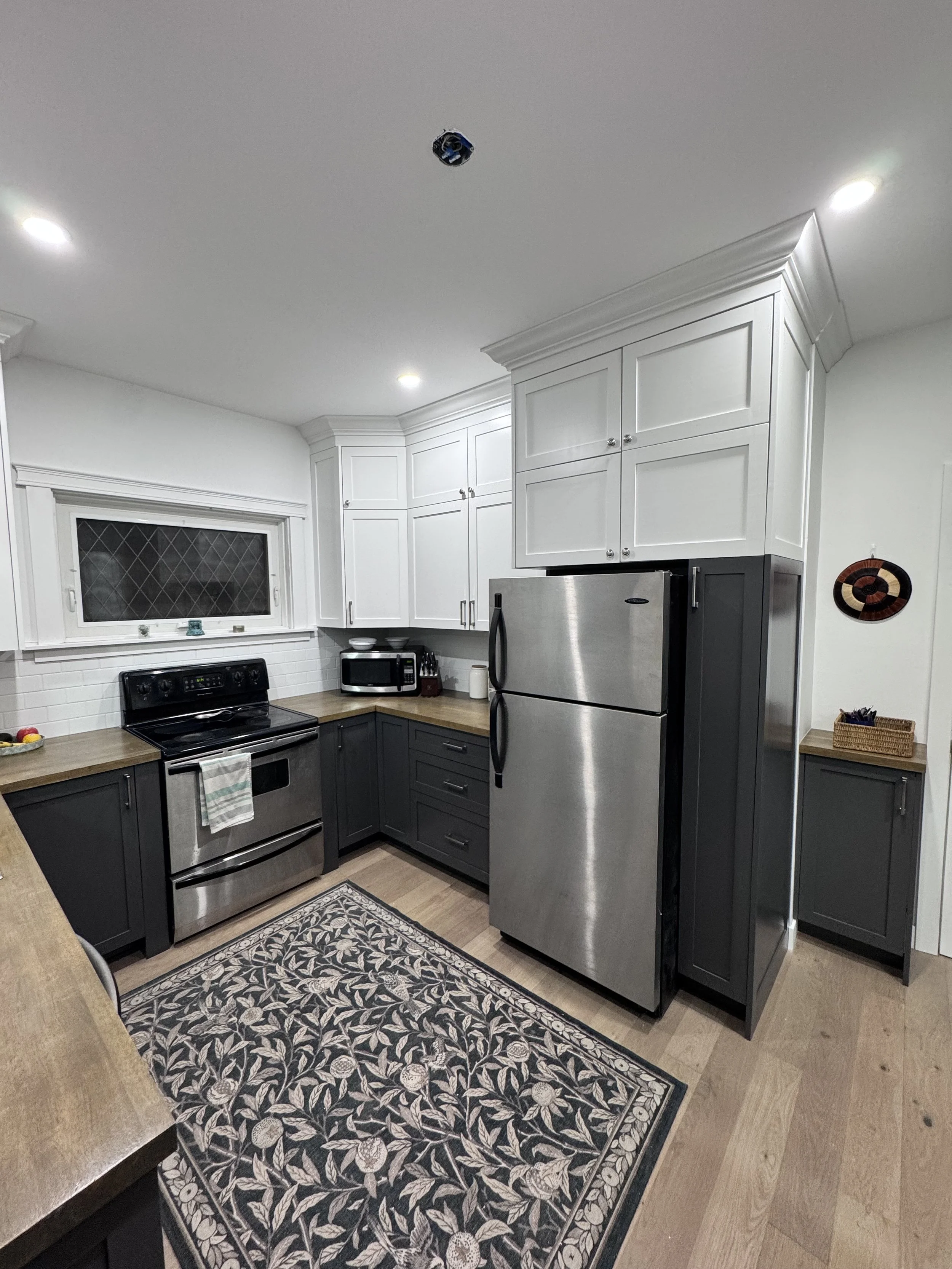A kitchen is more than just a place to prepare meals—it’s the heartbeat of a home. From hosting friends to sharing quiet family breakfasts, it often sets the tone for the entire living space. As a result, a well-executed kitchen remodel can significantly increase not only the aesthetic and functional appeal of a home but also its market value. Understanding the nuances of return on investment, smart spending strategies and strategic upgrades is essential for homeowners contemplating this impactful renovation.
What Percentage of Your House Value Should You Spend on a Kitchen?
A general rule of thumb endorsed by real estate professionals and remodelers alike is to allocate between 5% to 15% of your home’s current market value for a kitchen renovation. This range strikes a balance between meaningful improvement and financial prudence. Spending significantly less may lead to underwhelming results, while over-investing could yield diminishing returns, especially if your home is in a neighborhood with modest market ceilings.
For example, if your home is valued at $400,000, a remodel budget of $20,000 to $60,000 is typically considered reasonable. Within this framework, it’s critical to weigh cost against expected resale value, while also factoring in your timeline for selling. A lavish kitchen in a modest home may look impressive, but it could prove fiscally inefficient.
How Much Value Does a Kitchen Remodel Add?
Kitchen remodels are among the most rewarding home improvements in terms of return on investment. According to Remodeling Magazine’s annual Cost vs. Value Report, a minor midrange kitchen remodel recoups around 72% to 80% of its cost at resale, while major upscale remodels recover approximately 55% to 60%.
Beyond numeric ROI, a remodeled kitchen often accelerates home sales and reduces time on market. Buyers are drawn to move-in-ready spaces with modern amenities and stylish finishes. In a competitive housing market, a compelling kitchen can serve as a decisive differentiator.
What Adds Value to a Kitchen?
The value of a kitchen remodel hinges on the thoughtful integration of style, function, and innovation. Some improvements deliver higher returns than others, particularly when they reflect current buyer expectations and lifestyle trends.
Changing the Size/Configuration
Altering the footprint or flow of a kitchen can have transformative effects. Open-concept layouts, which dissolve barriers between the kitchen, dining, and living spaces, are especially desirable. They foster social interaction and increase natural light, creating a sense of airiness and expansiveness.
Reconfiguring the workspace to improve the "kitchen triangle"—the ergonomic relationship between the sink, stove, and refrigerator—enhances functionality. Relocating walls, expanding square footage, or reorienting cabinetry can dramatically improve traffic flow and usability, which directly contributes to long-term value.
Replacing Outdated/Inefficient Features
Outmoded appliances and finishes date a kitchen instantly. Replacing aging appliances with energy-efficient, stainless steel models not only modernizes the aesthetic but also appeals to eco-conscious buyers seeking reduced utility costs.
Cabinetry with soft-close mechanisms, quartz or granite countertops, and premium backsplashes elevate the tactile and visual experience of the space. LED lighting, touchless faucets, and induction cooktops signal that the home is technologically current and thoughtfully curated.
Adding Accessibility Features
With multi-generational living on the rise, universal design principles are gaining traction. Features such as pull-out shelves, lowered countertops, wider doorways, lever-style handles, and under-cabinet lighting enhance usability for all age groups and physical abilities.
Even if a prospective buyer does not require these features, their presence signals foresight and inclusivity—qualities that increase desirability. Additionally, integrating accessibility today may preclude costly retrofits in the future.
What Are the Benefits of Hiring a Professional for a Kitchen Remodel?
A professional remodeler brings a confluence of experience, craftsmanship, and logistical expertise. From concept development to final inspection, licensed contractors manage the multifaceted demands of kitchen renovations, including permits, codes, subcontractors, and timelines.
Professionals help avoid costly mistakes through sound design recommendations, efficient material sourcing, and precise execution. Their access to trade-only suppliers, familiarity with cutting-edge innovations, and ability to forecast issues make them indispensable allies in delivering a high-quality result.
Additionally, professional remodelers often offer warranties and service guarantees, providing peace of mind that the investment is protected over time.
How Can I Pay for a Kitchen Remodel?
Financing a kitchen remodel requires strategic planning. Several options are available depending on your financial profile and the project scope:
Home Equity Line of Credit (HELOC): A revolving credit line secured by your home’s equity. Offers flexibility and lower interest rates.
Cash-Out Refinance: Replaces your existing mortgage with a larger one, providing the difference in cash for renovations.
Personal Loans: Unsecured loans with fixed rates and terms—ideal for modest remodels without tapping home equity.
Credit Cards: Best for minor purchases, provided the balance is paid quickly to avoid high interest.
Savings: The most cost-effective method, avoiding interest and maintaining financial independence.
Before committing to a payment method, assess your timeline, budget flexibility, and long-term goals. Aligning your financing strategy with your remodeling ambitions ensures a smooth and sustainable renovation journey.
A kitchen remodel is one of the most potent ways to enhance both the livability and marketability of a home. By investing strategically—balancing design innovation with financial sensibility—homeowners can unlock significant value. Whether preparing to sell or simply elevate the everyday experience of home life, a thoughtfully designed kitchen is an enduring asset.
